Remote Sensing Object Segmentation Dataset
Home » Case Study » Remote Sensing Object Segmentation Dataset
Project Overview:
Objective
The objective of this case study is to present the creation of a functional dataset sewn for Remote Sensing Object Segmentation tasks.
Scope
The scope of this project insert the collection of diverse remote sensing images and the accurate definition of objects within these images to ensure data quality and purpose for Remote Sensing Object Segmentation tasks.
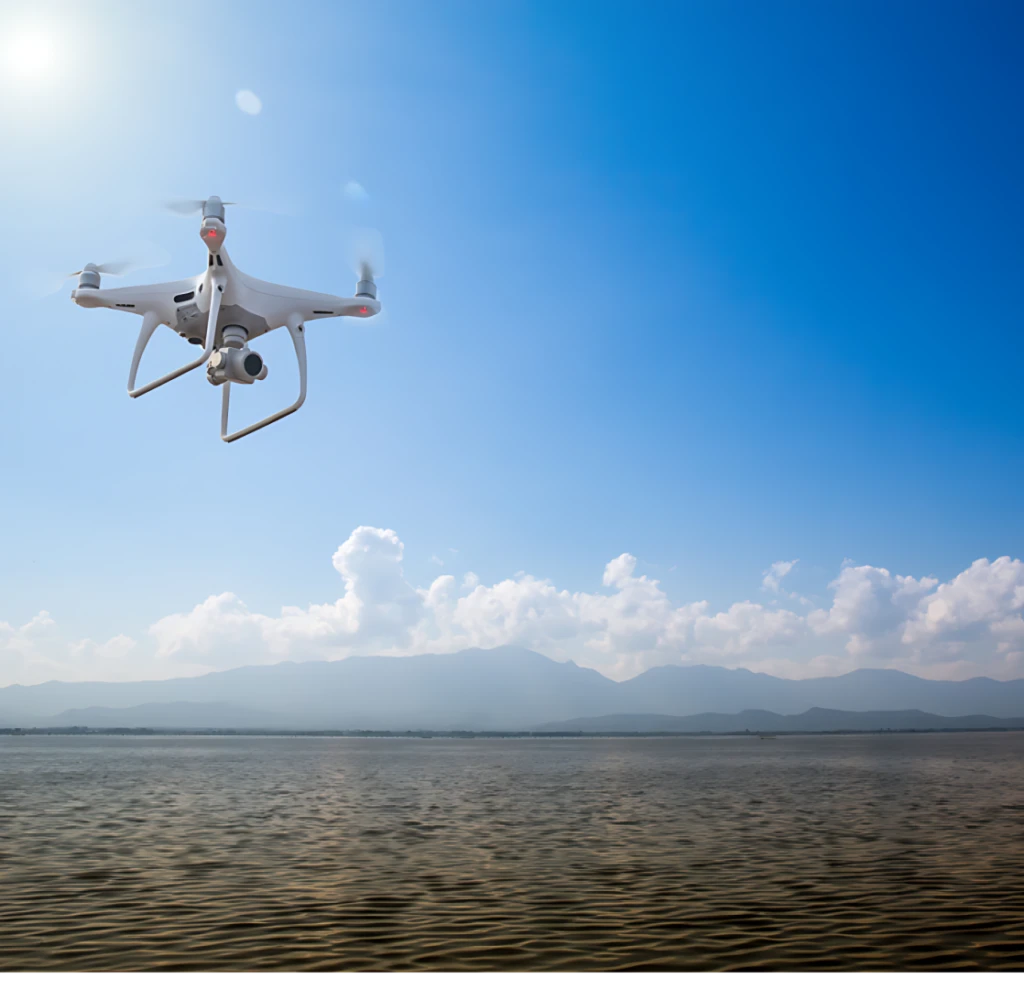

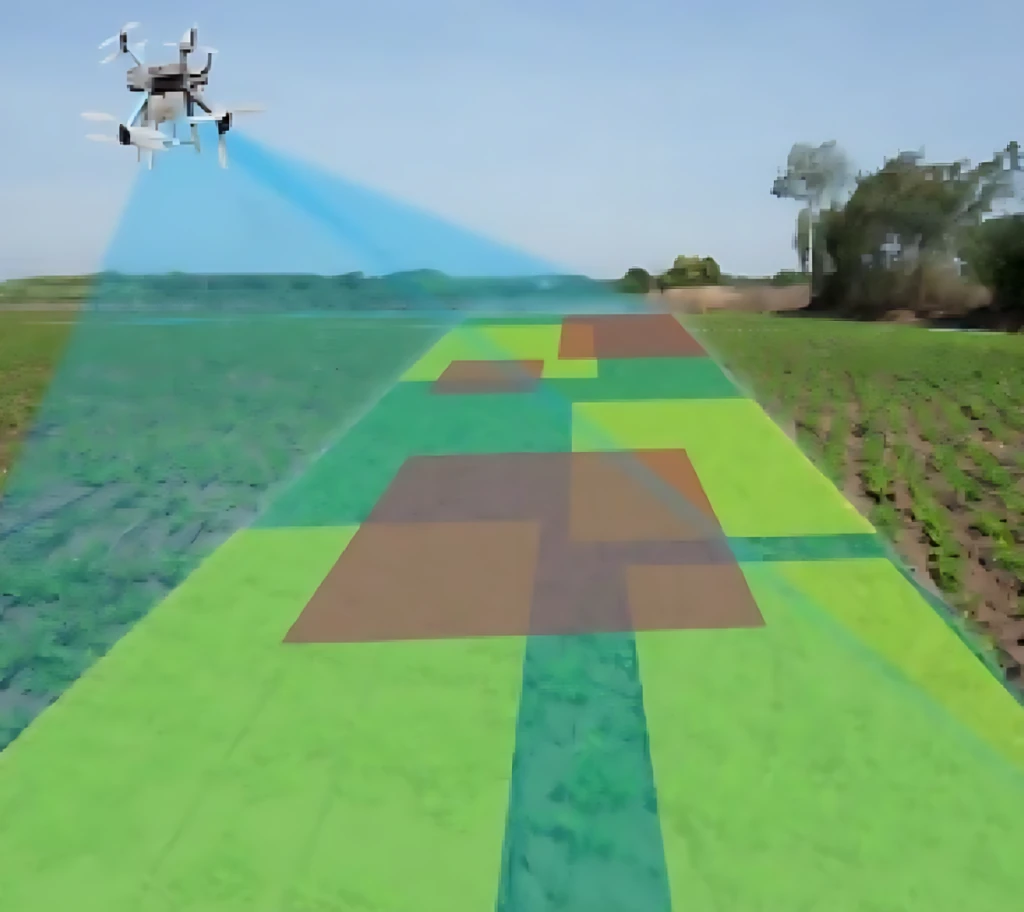

Sources
- Meticulously cool and successfully curated satellite imagery.
- Thoughtfully gathered and skillful curated aerial photography.
- Carefully still and successfully curated drone-captured images.
- Successfully collected and thoughtfully organized land-based remote sensing data.
- Meticulously collected and successfully curated oceanic and atmospheric data for comprehensive insights.



Data Collection Metrics
- Total Images: 30,000
- Satellite Imagery: 10,000
- Aerial Photography: 5,000
- Drone-captured Images: 6,000
- Land-based Remote Sensing: 4,000
- Oceanic and Atmospheric Data: 5,000
Annotation Process
Stages
- Image Selection: Curating a diverse set of remote sensing images representing various environmental and geographical conditions.
- Object Segmentation: Precisely outlining the regions of objects within the images, including buildings, vegetation, water bodies, and more.
- Quality Control: A rigorous review and refinement of annotations to ensure accuracy.
Annotation Metrics
- Total Annotations: 150,000
- Object Segments: 120,000
- Quality Control Iterations: 30,000

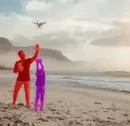
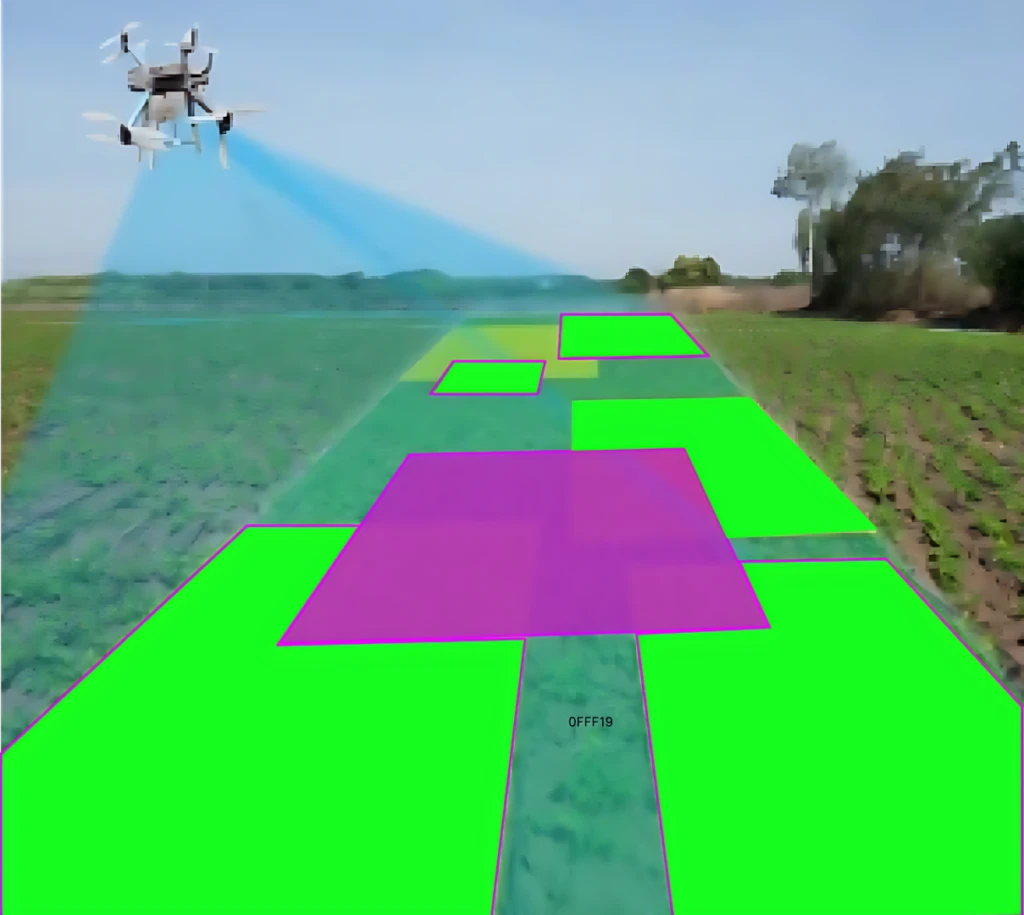
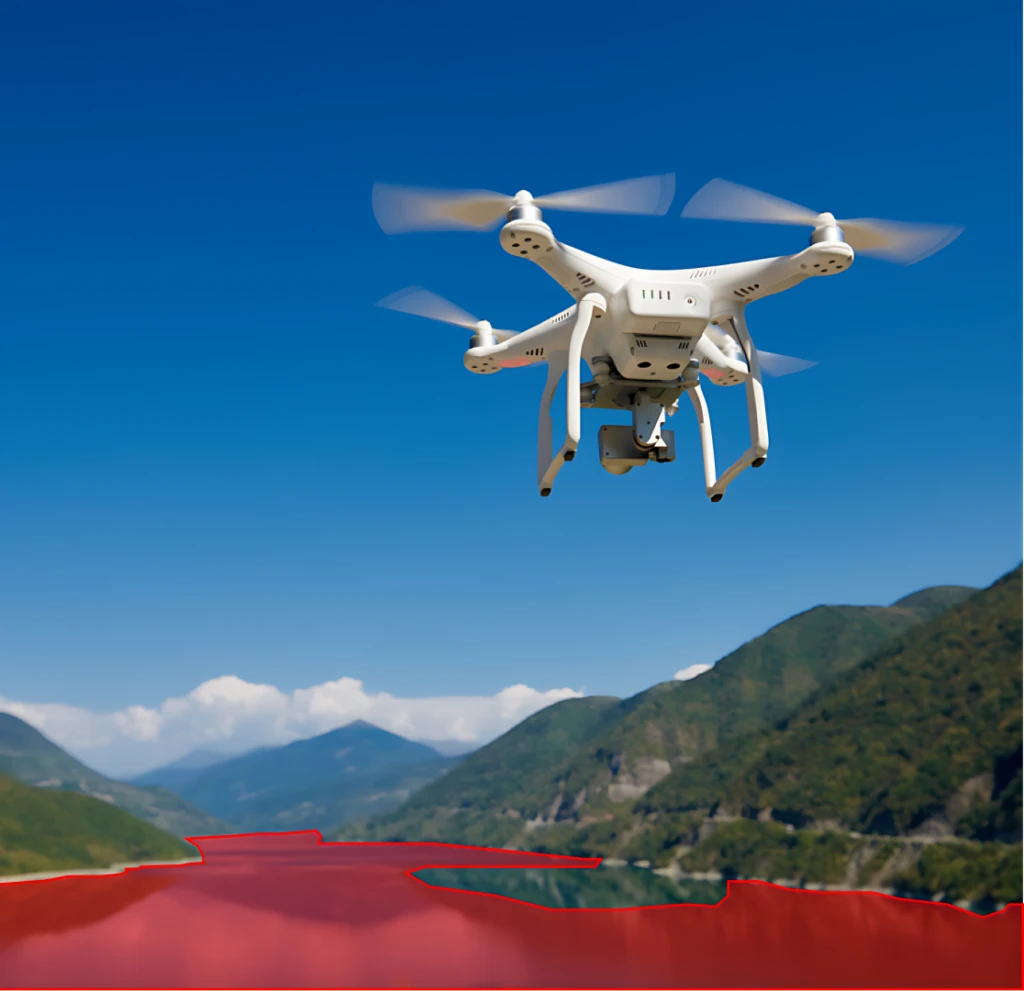
Quality Assurance
Stages
Expert Review: A team of remote sensing experts reviewed a random subset of the annotated images to validate the accuracy and consistency of object segmentation.
Inter-annotator Agreement: Multiple annotators collaboratively worked on a subset of the data to ensure agreement and maintain consistency in object segmentation.
QA Metrics
- Annotations Reviewed by Experts: 3,000 (2% of total annotations)
- Inconsistencies Identified and Rectified: 1,500 (1% of total annotations)
Conclusion
The meticulous collection and annotation processes successfully created a robust Remote Sensing Object Segmentation dataset. This dataset serves as a testament to our commitment to data accuracy, comprehensiveness, and relevance, making it a valuable resource for the remote sensing, geospatial, and machine learning communities. Researchers and practitioners can leverage this dataset to advance the accuracy and applicability of object segmentation techniques in the field of remote sensing and environmental monitoring.

Quality Data Creation

Guaranteed TAT

ISO 9001:2015, ISO/IEC 27001:2013 Certified

HIPAA Compliance

GDPR Compliance

Compliance and Security
Let's Discuss your Data collection Requirement With Us
To get a detailed estimation of requirements please reach us.
